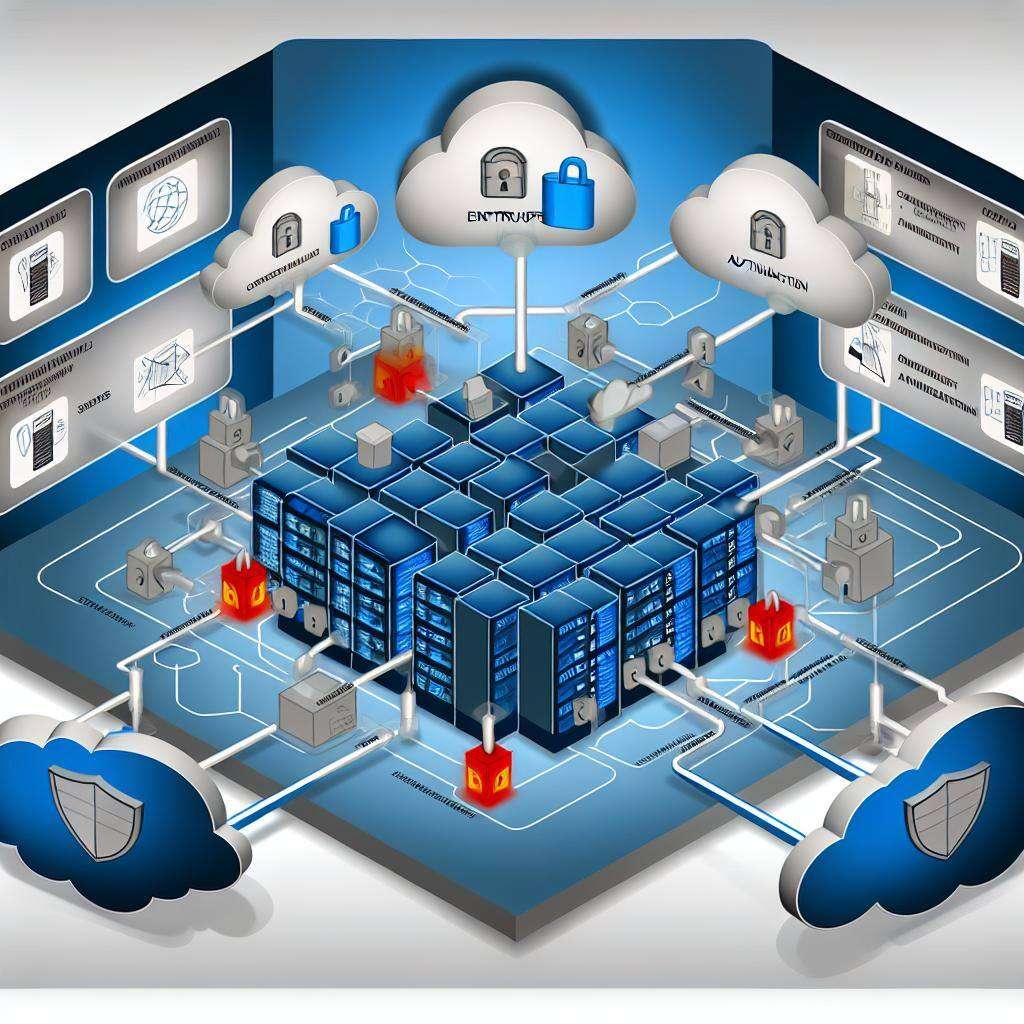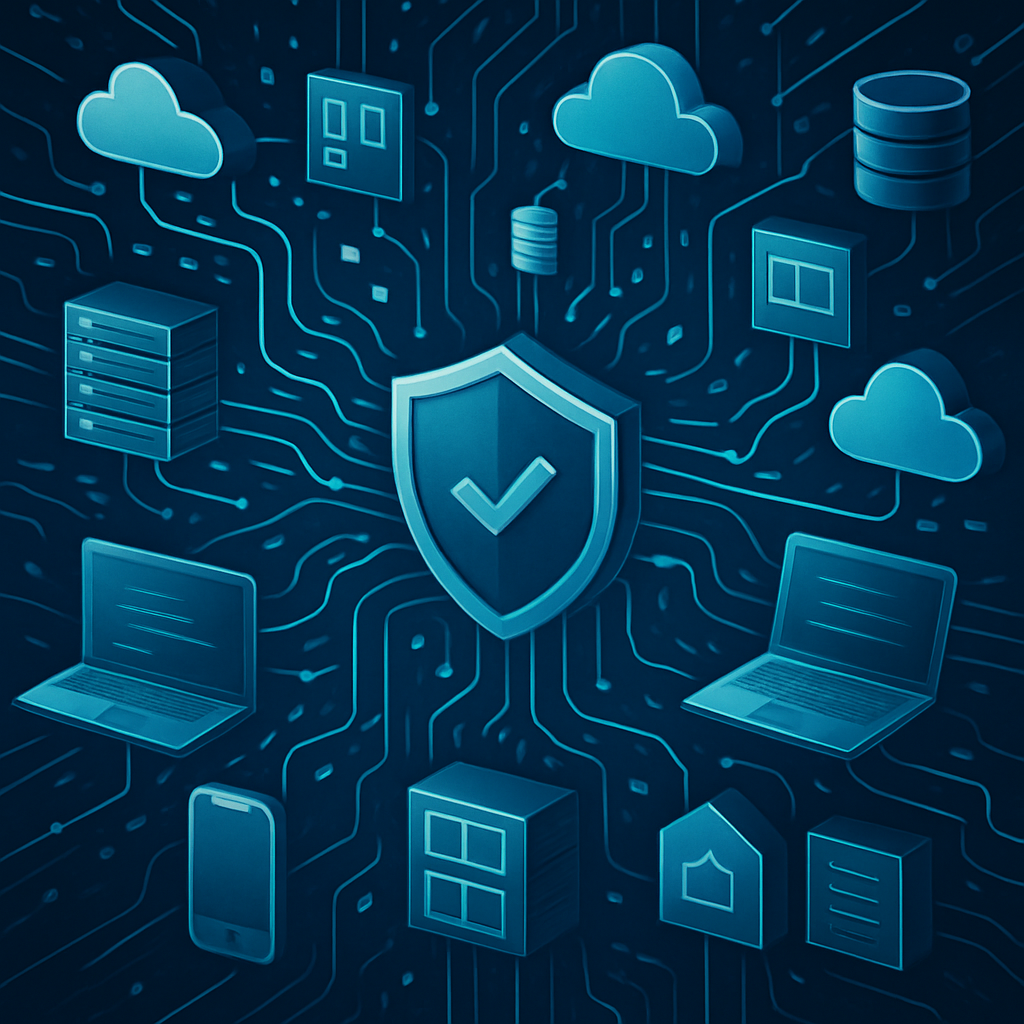Cloud computing has become the backbone for delivering IT services, storing critical data, and hosting applications. However, as the reliance on cloud environments grows, so does the sophistication of cyber threats aimed at these platforms. Understanding the challenges and implementing robust security measures is crucial to safeguard your cloud infrastructure against potential breaches. This guide delves into the nuances of cloud security, offering best practices and actionable tips across major platforms like AWS, Google Cloud, and Microsoft Azure.
Understanding Cloud Security Challenges
Cloud security is a complex landscape, fraught with challenges that can vary significantly across different cloud environments. One of the primary concerns is the shared responsibility model, which dictates that while cloud providers are responsible for the security of the cloud itself, customers must secure their data within the cloud. This can lead to confusion and gaps in security if not properly understood and managed. Additionally, the dynamic and scalable nature of the cloud makes visibility and control more challenging, leading to potential unauthorized access and data breaches. Recognizing these challenges is the first step towards developing a comprehensive security strategy that protects your cloud assets effectively.
Securing Your AWS Ecosystem: A Step-by-Step Approach
Amazon Web Services (AWS) offers a breadth of tools and services to enhance security, but it's up to the users to implement them correctly. Start with a strong foundation by ensuring that your AWS Identity and Access Management (IAM) configurations are robust. Use multi-factor authentication (MFA) for all users, apply least privilege access principles, and regularly review permissions. Next, secure your data by encrypting everything, both at rest and in transit. AWS provides key management services and encryption capabilities that make this easier. Also, take advantage of AWS's logging and monitoring tools like CloudTrail and CloudWatch to keep a vigilant eye on activities within your environment. Implementing these steps will significantly bolster your AWS ecosystem's security posture.
Best Practices for Google Cloud Security
Google Cloud Platform (GCP) offers a secure and highly scalable infrastructure, but leveraging its full potential requires adherence to best practices. Firstly, ensure that your Google Cloud Identity & Access Management (IAM) policies are meticulously crafted to grant minimal necessary permissions. Utilize custom roles for granular access control. Secondly, take advantage of the comprehensive data encryption capabilities offered by GCP, ensuring your data is protected both in transit and at rest. Google's operations suite (formerly Stackdriver) provides powerful logging and monitoring services that should be utilized for real-time security threat detection and incident response. Following these guidelines will help create a secure and efficient GCP environment.
Enhancing Security in Microsoft Azure Environments
Microsoft Azure provides a robust set of tools to secure your cloud resources, but they must be effectively employed to ensure maximum protection. Start by mastering Azure Active Directory (AD) for identity and access management. Implement conditional access policies and use Azure's Multi-Factor Authentication (MFA) for an additional layer of security. Azure Policy and Azure Blueprints can help enforce organizational standards and compliance requirements across your environment. Additionally, Azure Security Center offers a centralized view to monitor security across your digital estate, identify vulnerabilities, and provide recommendations to mitigate them. Leveraging these features within Azure will significantly enhance your cloud security posture.
Implementing a Multi-Layered Security Strategy for Cloud Infrastructure
A multi-layered security strategy is essential for comprehensive cloud protection. This involves implementing a series of defensive mechanisms at different levels to ensure that if one layer is compromised, others can still provide protection. Begin by securing your network layer with firewalls, intrusion detection systems (IDS), and virtual private networks (VPNs). At the application layer, use web application firewalls (WAF) and secure your APIs. Regularly scan your cloud environment for vulnerabilities and apply security patches promptly. Data encryption should be used extensively to protect data at rest, in use, and in transit. Finally, a robust incident response plan will ensure you're prepared to quickly address any security breaches that do occur.
Monitoring and Responding to Security Threats in the Cloud
Continuous monitoring is key to identifying and responding to security threats in real-time. Utilize the comprehensive monitoring tools provided by cloud service providers, such as AWS CloudWatch, Google's operations suite, and Azure Monitor, to track system activity and detect unusual behavior. Implement automated alerts to notify your security team of potential security incidents. Regularly conduct security assessments and penetration testing to identify vulnerabilities before attackers do. In the event of a security breach, having a well-defined incident response plan that includes communication strategies and remediation steps is critical to minimizing damage and restoring operations quickly.
In conclusion, securing your cloud data, applications, and infrastructure requires a proactive and comprehensive approach. By understanding the unique challenges of cloud security and implementing best practices tailored to AWS, Google Cloud, and Microsoft Azure, organizations can significantly enhance their cloud environments' security. Remember, cloud security is not a one-time effort but a continuous process of monitoring, updating, and adapting to new threats. Stay vigilant, stay informed, and prioritize security to protect your valuable cloud resources against the ever-evolving landscape of cyber threats.




